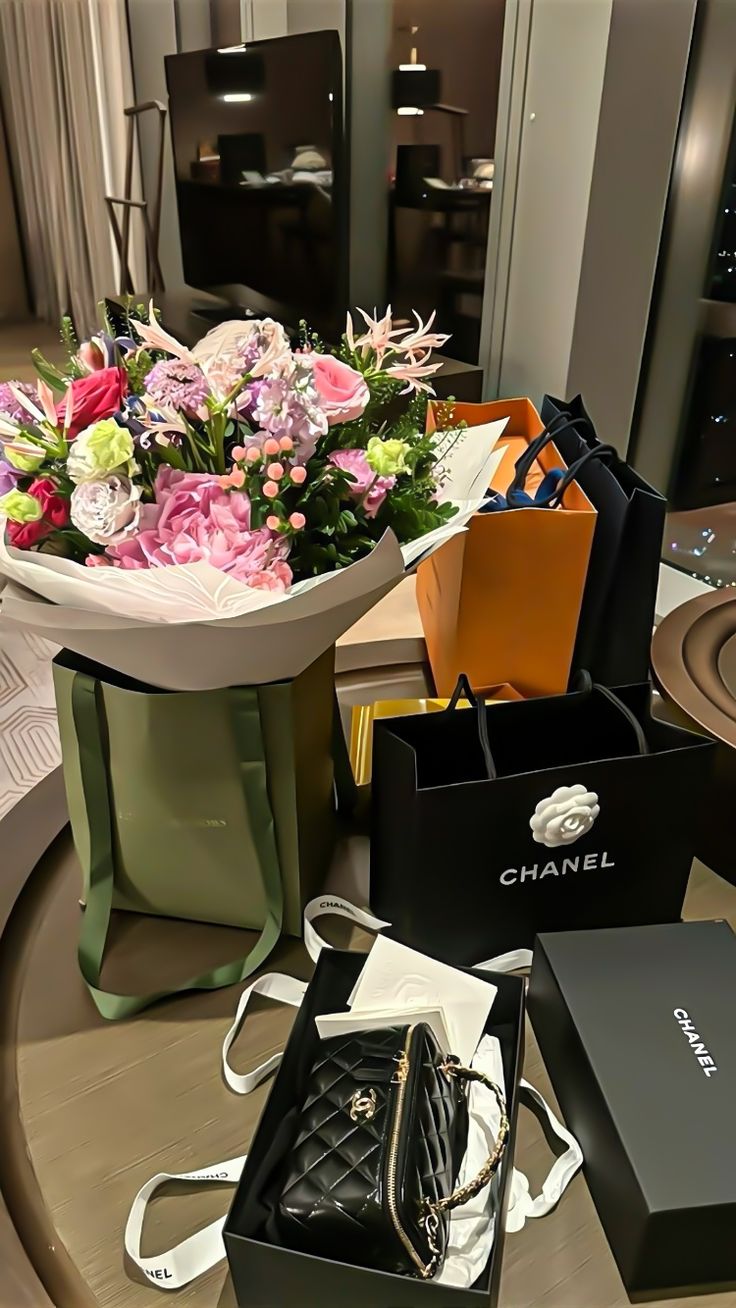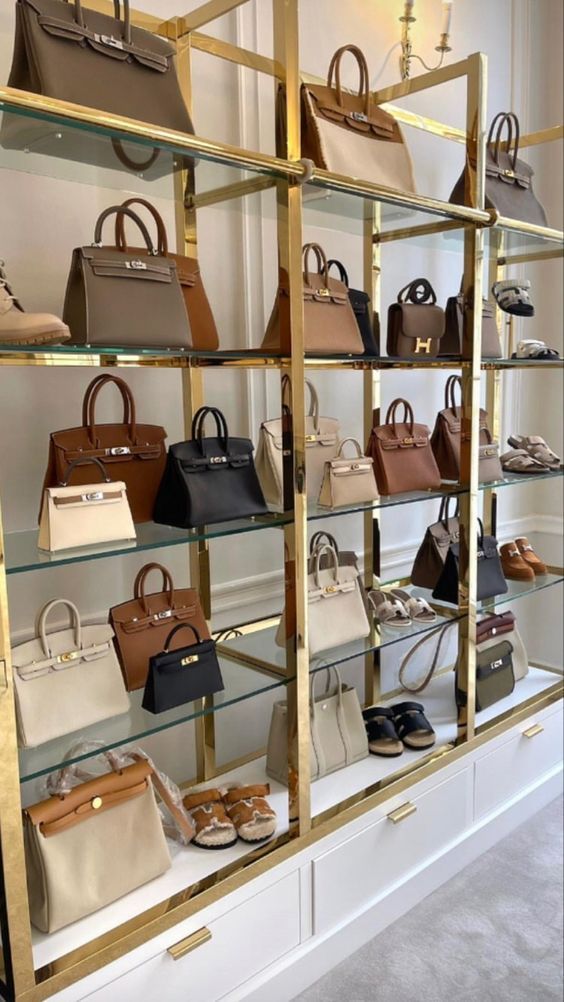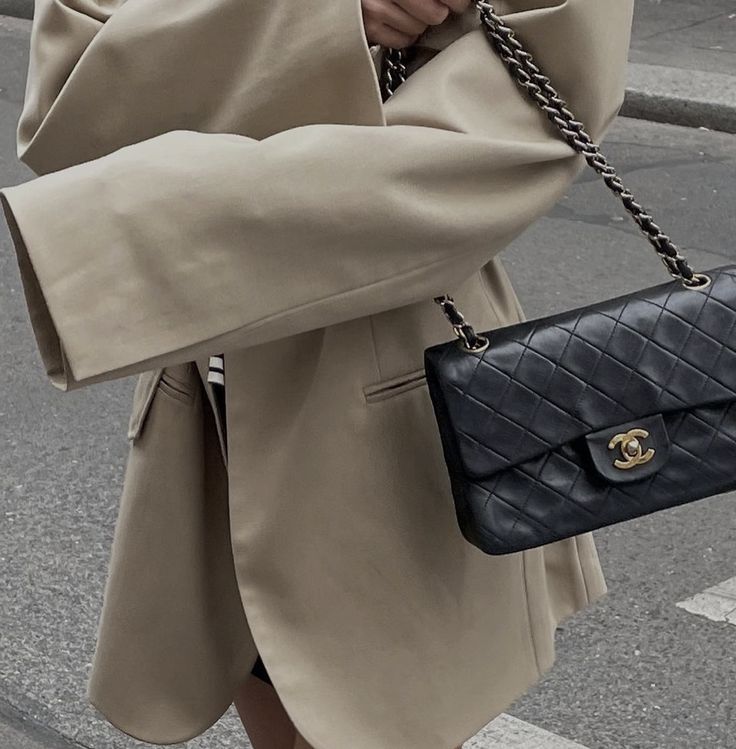In a world where luxury meets strategy, one trend is turning heads and growing bank accounts: investing in preloved designer handbags.
Once considered a fashion splurge, pieces from heritage houses like Chanel, Hermès, and Louis Vuitton are now being recognized for what they truly are—wearable assets. And in 2025, this trend has only intensified.
💰 The Financial Case: Bags That Hold (and Increase) Value
Let’s talk numbers.
According to Knight Frank’s 2023 Luxury Investment Index, luxury handbags outperformed classic cars, fine art, and even rare whisky, appreciating by an average of 7% per year. Chanel Classic Flaps, for instance, have nearly doubled in retail value over the last decade—and they hold even stronger resale value if kept in great condition.
Unlike fast fashion that depreciates the second it leaves the rack, designer bags—especially vintage or discontinued styles—retain value or appreciate, especially as brands continue to raise retail prices annually.
👜 Why Preloved Wins
Buying new may seem like the best move, but:
-
You're paying today's inflated retail.
-
Your bag instantly loses value when resold.
-
You’re limited to current-season styles.
Buying authentic preloved means:
-
You get access to discontinued, rare, or vintage bags.
-
You often pay less than retail.
-
You own an item that may increase in value over time.
✨ Examples of Bags That Appreciate
-
Hermès Birkin/Kelly: The OG fashion investment.
-
Chanel Classic Double Flap (vintage): Especially black caviar leather.
-
Fendi Baguette (early 2000s era): Climbed in demand post “Sex and the City” resurgence.
-
Dior Saddle Bag (2000s, made in Italy versions): Scarce, and going up in resale.
🧠 TL;DR: Fashion Can Be Smart Money
Preloved luxury lets you flex your style and your financial sensibility.
So the next time someone tells you a handbag is just an accessory, feel free to respond with a smile—and maybe a market value spreadsheet.
Image is not BAGPHIC property - Image source




Leave a comment